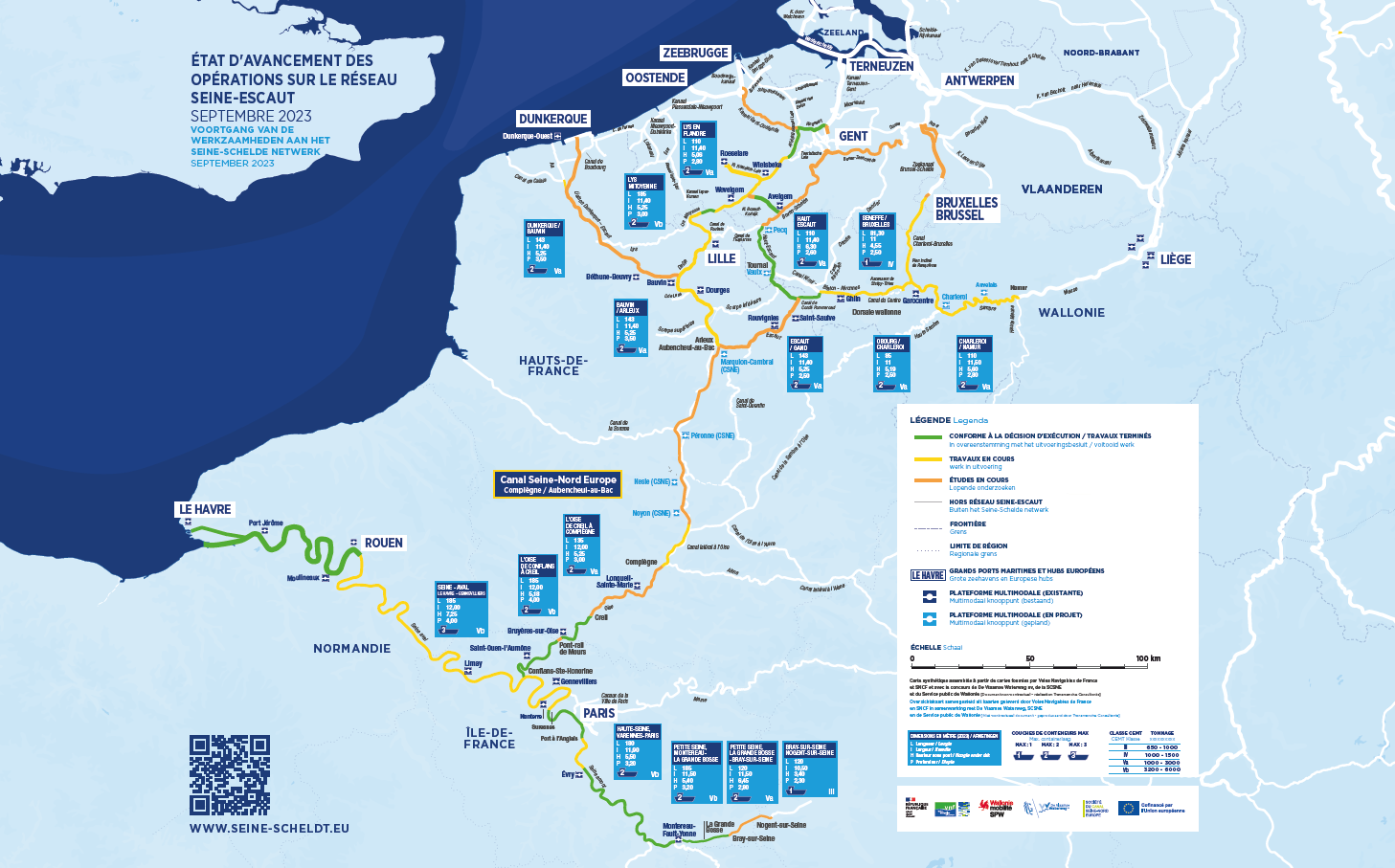What does a trans-European infrastructure project have to do with conflicts of use and an Interreg North Sea project? - A lot!
A closer look at the challenges of the Lille pilot area in the Connected River project
Ports of Lille consists of 12 multi-modal inland ports and container terminals along Deûle canal to create intermodal solutions for the economy and surroundings. Some of the Ports de Lille sites have grown historically and are rooted in inner-city buildings with a variety of neighbouring uses.
But a lot is happening in the north of France. With the Seine-Scheldt project, one of the largest European waterway projects is currently being realised. The Seine-Nord Europe Canal is currently being built, which will close a gap of over 100 kilometres between the Seine river system and the Rhine river basin.
Once completed, the whole project will have a massive impact on cross-border transport, the economic development of the region and, by shifting transport from road to water, it will also have an important impact on sustainability.
The following video clearly explains the background, context, effects and opportunities of the Seine-Scheldt project:

Map of operations on the Seine-Scheldt network
For Lille, however, it also means an increase in conflicts over the use of current waterways such as the Deûle canal, particularly between urban development, residents, leisure use, harbour development and commercial shipping.
This is where the Connected River project comes in. The challenges between the stakeholders on site in Lille are to be identified and solutions tested before the Seine-Nord Europe Canal is completed to ensure that all stakeholders continue to have access to the water while enabling safe and efficient inland waterway transport.
We are looking forward to the ideas and solutions that will be developed in the coming months and years!
Source: LIHH
